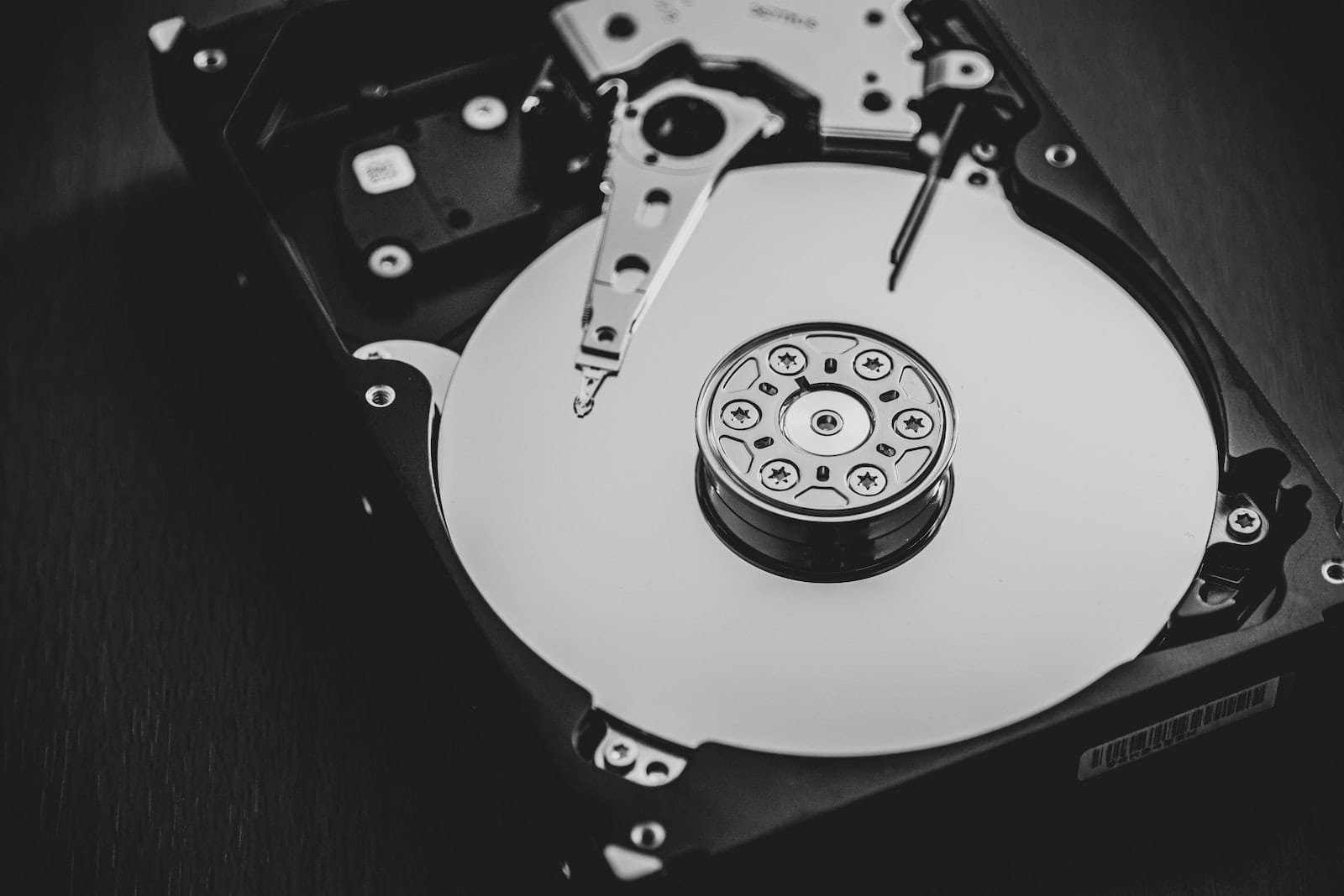Despite the rise of SSDsSolid State Drive or SSD (English acronym for Solid, mechanical hard drives (HDDs) continue to be the preferred option when looking for large storage capacity at an affordable price. While SSDs offer greater speed and efficiency, HDDs remain crucial in sectors such as data centers, backup servers, and massive cloud storage.
This year, as every year, Backblaze has published its report on the reliability of hard drives in 2024, analyzing over 300,000 units used in its servers. This report is essential for assessing the durability of different hard drive models and understanding which ones offer the best performance and lowest failure rates.
The Most Reliable Drives of the Year
In Q4 2024, Backblaze evaluated 301,120 operational HDDs, excluding units that did not meet the service time requirements from the analysis. Among the most notable data, we found five HDD models that recorded no failures during the quarter:
✅ HGST 4 TB (HMS5C4040ALE640)
✅ Seagate 8 TB (ST8000NM000A)
✅ Seagate 14 TB (ST14000NM000J)
✅ Seagate 16 TB (ST16000NM002J)
✅ Seagate 24 TB (ST24000NM002H)
These models demonstrated outstanding reliability, with zero failures in the quarter, which is a positive sign for those seeking long-lasting storage options.

Overall, 16 TB HDDs have been the most reliable for the year, with annual failure rates (AFR) lower than 0.22%.
Models with the Highest Failure Rates
Not all units performed as well. According to Backblaze’s report, the models with the worst annualized failure rates were:
❌ Seagate ST12000M007 (12 TB): 8.72% AFR
❌ Seagate ST1000NM0086 (10 TB): 5.72% AFR
❌ Seagate 14 TB (unspecified model): 5.95% AFR
These drives exhibit a significantly high failure rate compared to the average 1.57% recorded across all units analyzed.
Brand Comparison: Which is the Most Reliable?
The Backblaze analysis also allows for significant differences between manufacturers. During Q4 2024, the failure rates by brand were:
🔹 WDC (Western Digital): 0.58% AFR
🔹 Toshiba: 1.08% AFR
🔹 Seagate: 1.51% AFR
🔹 HGST: 3.12% AFR
While WDC and Toshiba lead the rankings with the lowest failure rates, Seagate continues to dominate in the number of units in use, as it supplies the majority of high-capacity HDDs used in data centers.

On the other hand, HGST drives, which had stood out in previous years for their reliability, show an increase in failure rates, especially in their 12 TB models.
Trends and Predictions for 2025
The Backblaze report highlights several key trends that could influence the evolution of the HDD market:
📌 Migration to higher-capacity drives: 4 TB drives are disappearing, and by 2025 are expected to be replaced by 20 TB, 22 TB, and 24 TB models.
📌 Reduction in failure rates: The annualized failure rate decreased from 1.70% in 2023 to 1.57% in 2024, and it is expected to continue to fall with the introduction of newer and more efficient HDDs.
📌 Increased reliability in 16 TB and larger drives: As 8 TB and 12 TB units age and increase their AFR, 16 TB and 20 TB models are showing more stable performance.
📌 Increased demand for massive storage: Although SSDs are the dominant option for PCs and laptops, HDDs will continue to be crucial for cloud storage, backups, and high-capacity servers.
Conclusion: Which Hard Drive to Choose in 2024?
If you are looking for reliability and durability, the most recommended models according to Backblaze’s report are:
✅ HGST 4 TB: Ideal for users seeking longevity in lower-capacity drives.
✅ Seagate 16 TB: One of the most reliable options for data centers.
✅ Seagate 24 TB: New to the market, but with no failures recorded so far.
On the other hand, to avoid problems, it is advisable to avoid models with high failure rates, especially the Seagate 12 TB and 10 TB.
In short, although SSDs have changed the storage landscape, HDDs remain a robust and reliable option for mass storage and long-term needs. Thanks to reports like those from Backblaze, it is possible to make informed decisions and choose the most suitable model for each need.

